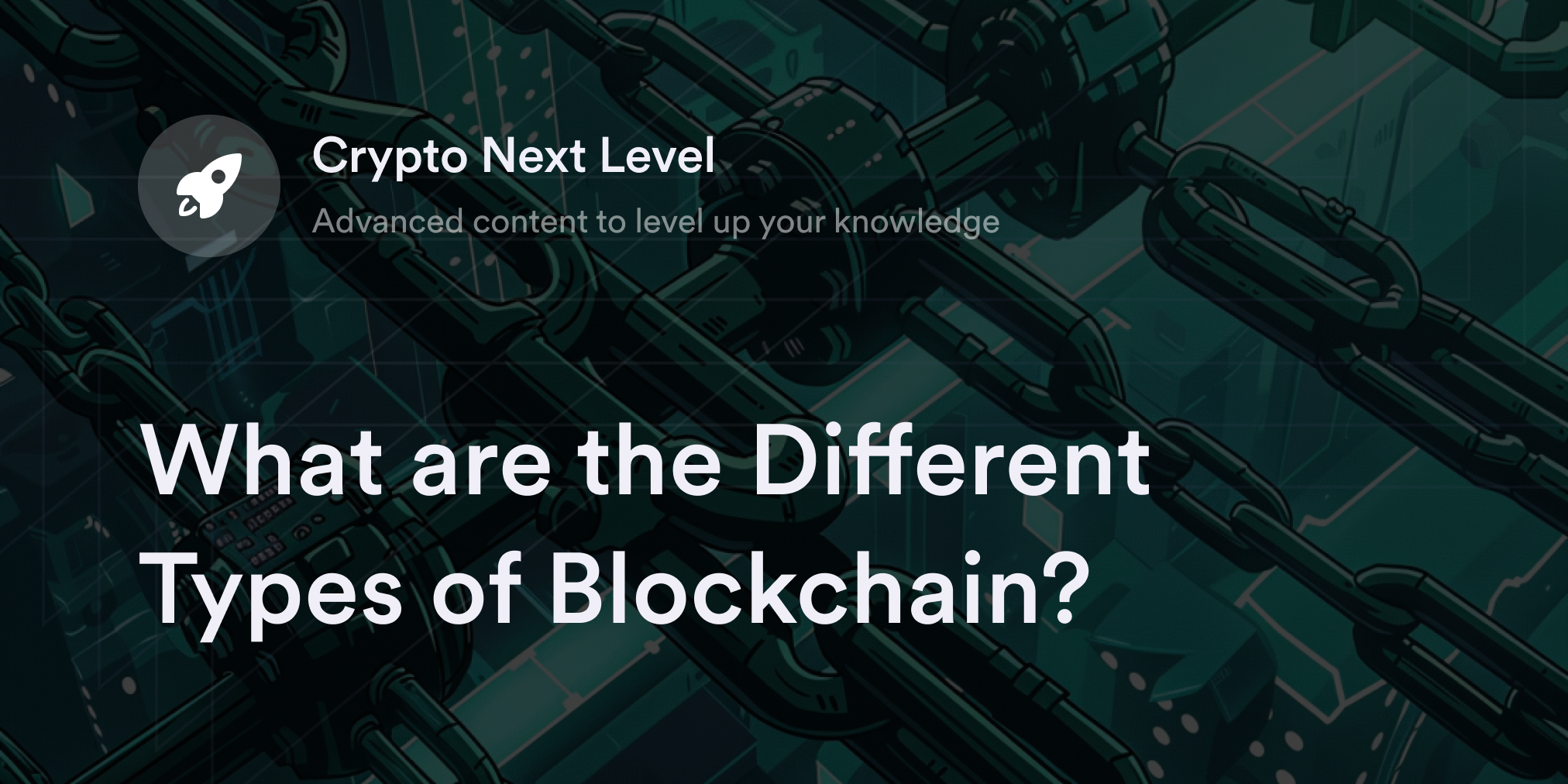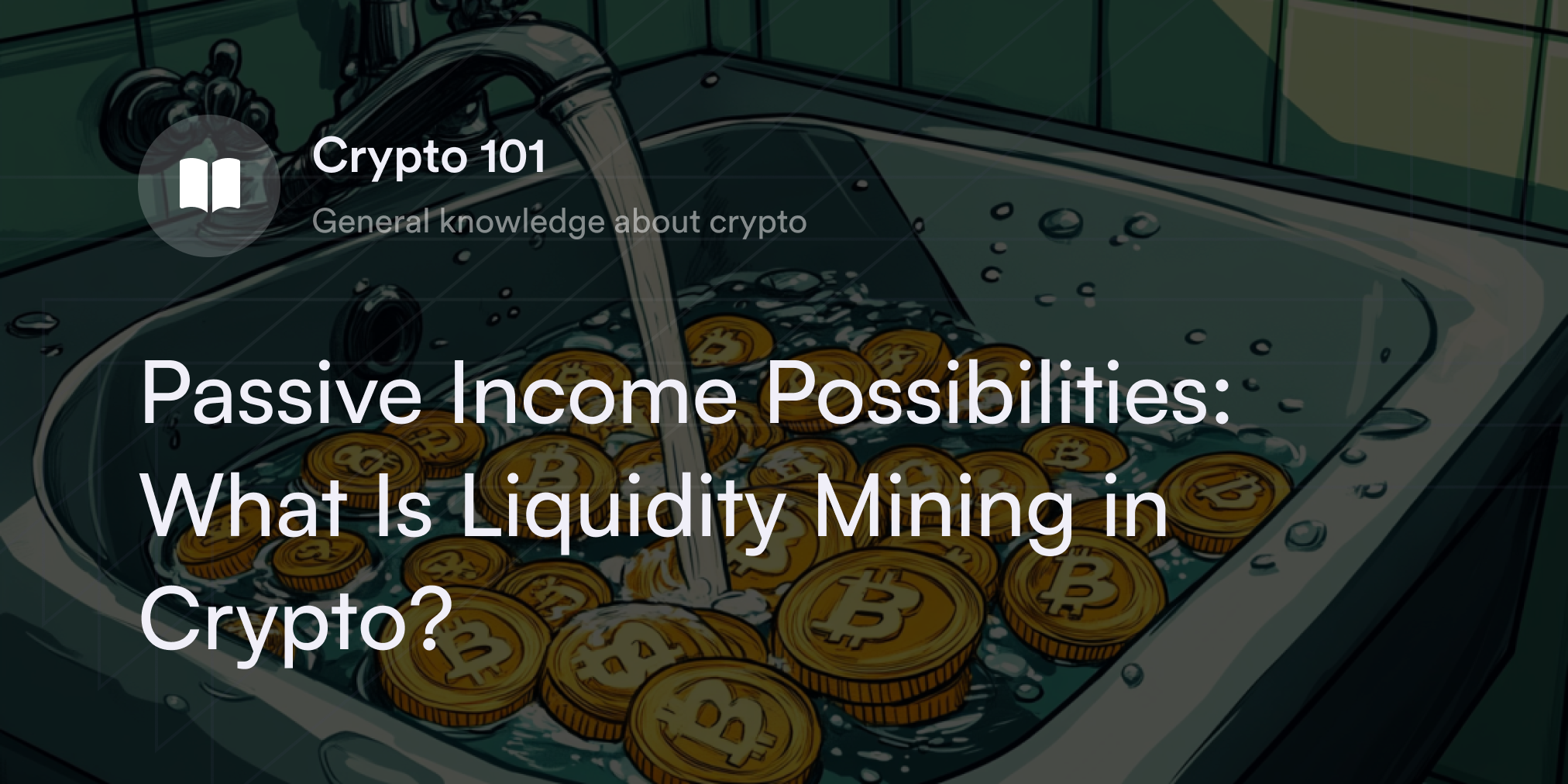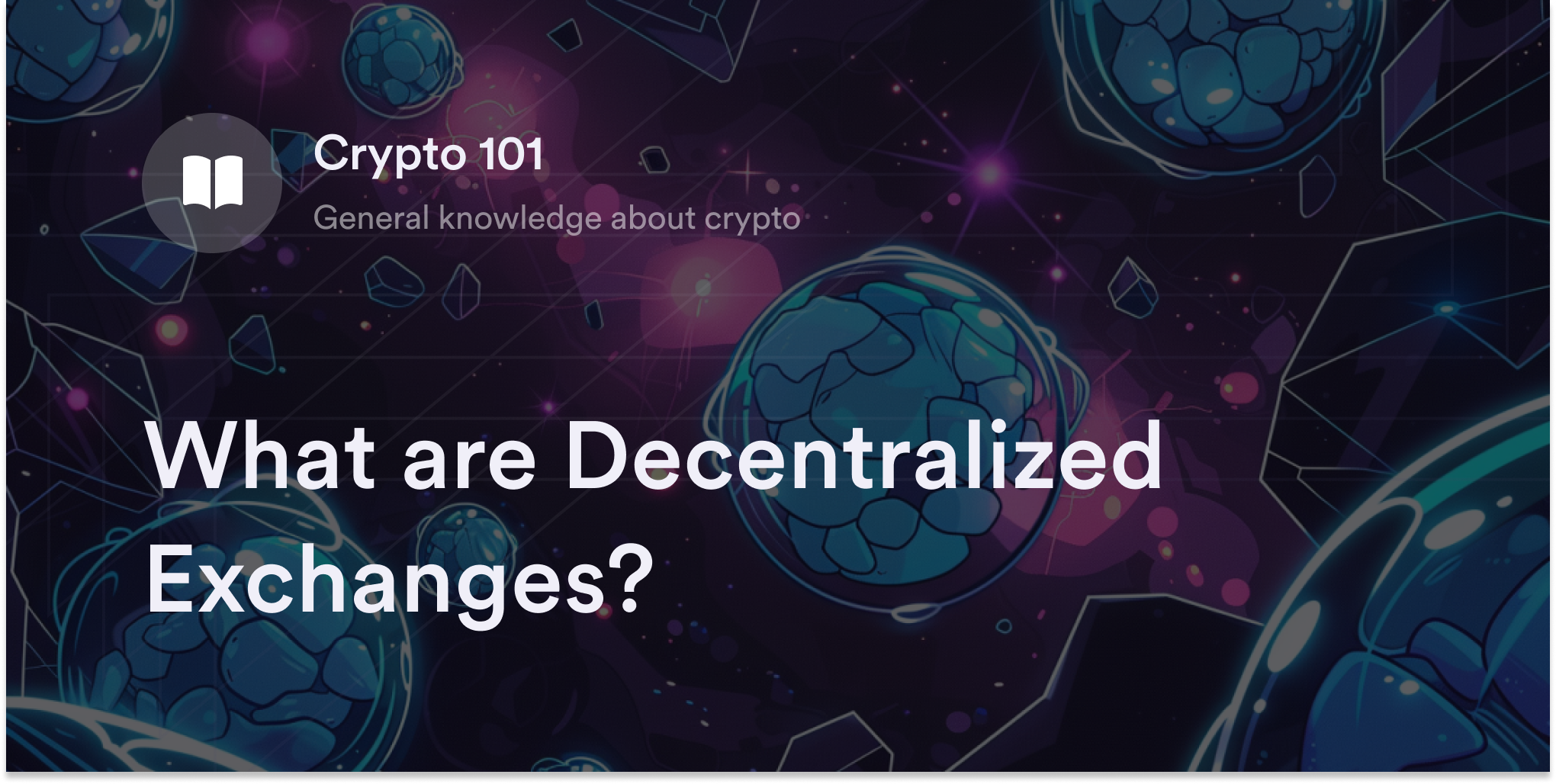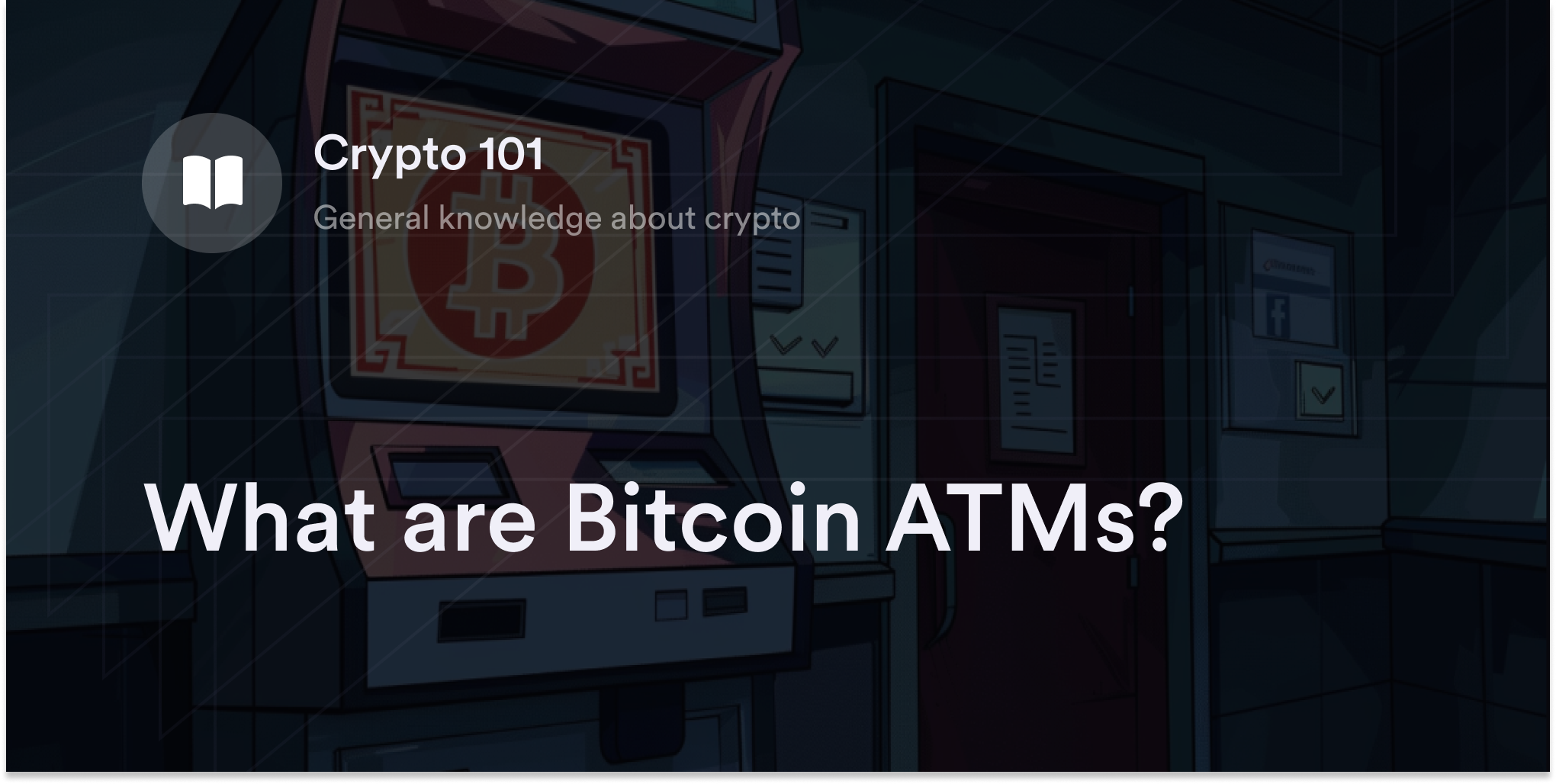


The crypto ecosystem witnesses dozens of exciting hi-tech trends almost on a daily basis, but tokenization ranks as one of the most influential and longstanding. In fact, the market size for tokenized assets surpassed the $2 billion mark in 2021, and market analysts project it to continue growing at an annual rate of at least 19%. What’s more, financial institutions like Citi and Bank of America also estimate trillions of assets from diverse market categories like finance and real estate to be tokenized soon.
With such optimistic projections from leading banks, analysts, and crypto enthusiasts, more crypto traders are curious about what tokenization is, how it works, and why it's gaining traction in the cryptocurrency sector.
What is Tokenization?
In its pre-blockchain sense, tokenization meant a data security process of substituting one piece of valuable information for another virtual code called a token. Although tokens connect to the original dataset, deciphering these random letters or numbers without access to a specialized tokenization system is impossible. For example, credit card companies and merchants use tokenization to scramble each cardholder's primary account number (PAN) into tokens to prevent this personal data from spilling into the hands of hackers. Even if a hacker obtained access to these tokens, they'd have no way of figuring out the card number connected with these codes if they didn't have access to a server's tokenization system. Put simply, hackers or scammers can’t decipher the original sensitive data simply using the info in a token.
The above form of tokenization remains an essential feature of digital data security, but it's distinct from how tokenization is used in the crypto sector. When cryptocurrency projects talk about tokenization, they typically refer to creating digital assets on decentralized computer networks known as blockchains. These new tokenized blockchain assets represent any form of digital media and possess features associated with cryptocurrencies like Bitcoin (BTC) or Ethereum (ETH). Traders who hold tokenized virtual currencies store them in crypto wallets and send them on peer-to-peer (P2P) payment rails. All crypto asset transactions are viewable on a public payment ledger, and computers (aka nodes) on the network verify transfers using pre-set algorithms and protocols.
How Tokenization Works in Crypto
Tokenization takes many forms in cryptocurrency, but it always involves issuing virtual assets, such as coins and tokens, on a blockchain. Although people use these two terms interchangeably, they’re different. While crypto coins are integral to each blockchain's internal processes (e.g., paying transaction fees on the Bitcoin blockchain), tokens are virtual currencies built on top of a coin's network. Crypto tokens depend on an underlying blockchain for their security and often use programs called smart contracts to link to a coin's software infrastructure. First introduced on Ethereum, smart contracts are blockchain-based commands that automatically fulfill tasks depending on their preprogrammed code.
Here’s how they work in tokenization:
Smart contracts allow developers to create and launch crypto tokens on a coin's blockchain. Programmers write the code for their cryptocurrency using smart contracts and launch it on their chosen blockchain. Once a crypto token is live, the transaction details are visible on crypto search engines called blockchain explorers. For example, blockchain explorer Etherscan has a ledger of all tokens built on Ethereum. When people search the smart contract address for an Ethereum token like ChainLink's LINK, they see the latest data on the LINK token's supply and transactions.
4 Distinguishing Traits of Crypto Tokens
The list of potentially tokenizable assets is endless, but crypto tokens fall into a few broad categories. Learning the four major distinctions in blockchain tokenization helps traders recognize each cryptocurrency's use case and value proposition.
1. Intangible Crypto Tokens
As virtual currencies, crypto tokens are inherently intangible assets and often represent non-physical traits or attributes like intellectual property (IP), voting rights, or rewards in a video game.
2. Tangible Crypto Tokens
Some developers use tokens as a symbolic representation of tangible goods and investments on the blockchain. For example, crypto firm Paxos issues the token PAX Gold (PAXG), where each token represents partial ownership in the company's physical gold reserves. Also, experimental real estate platforms offer either partial or full ownership over real-world properties via tokens.
3. Fungible Tokenization
In finance, fungibility measures how easy it is to trade an asset at an agreed-upon rate. For example, cash is a highly fungible asset because every dollar of fiat currency has an identical market value and is divisible, making them increasingly convenient for trading.
4. Non-Fungible Tokenization
Non-fungible tokens (NFTs) are unique assets that aren't easily divisible and can’t be duplicated, making them challenging to exchange on the open market. They have distinct blockchain addresses and metadata, which make them trickier to trade at a fair value. Think of NFTs as similar to other difficult-to-price assets like souvenirs, copyrights, or fine artwork––while each of these items has inherent value, there's no market price on an exchange to use to settle a transaction. Since NFTs hold ownership rights over digital metadata (e.g., virtual land rights, art, or VIP tickets to sporting events), traders use NFT auction platforms like OpenSea to trade these virtual currencies.
Types of Crypto Tokenization
To better organize the expanding number of crypto tokens, exchanges and crypto price aggregator websites have created a few categorizations. These token categories help separate different cryptocurrencies and identify their primary use cases. Here are a few:
Security tokens: These represent partial ownership rights in a business, investment, or other joint enterprise. Whether a security token symbolizes stock in a company, real estate, or a mutual fund, traders buy them expecting a profit from the third-party issuer. Also, security tokens must meet high regulatory standards from central authorities like the U.S. Securities and Exchange Commission (SEC).
Utility tokens: Unlike security tokens, utility tokens must serve a purpose in their crypto ecosystem. For example, the AVAX token is used for crypto staking and paying for services and fees on the Avalanche blockchain only. Although utility tokens have a market price, their primary purpose isn't for trading or as an investment vehicle.
Governance tokens: These are a type of utility token giving holders voting rights in a crypto project. Whenever developers introduce an improvement to their blockchain, community members use their governance tokens to vote for or against the proposed update. Examples of governance tokens include Uniswap's UNI, Aave's AAVE, and SushiSwap's SUSHI.
Metaverse tokens: The metaverse is a more immersive version of the internet, which often uses technologies like virtual reality (VR) and augmented reality (AR). Many blockchain-based metaverse platforms issue utility tokens to represent virtual land, pay for in-game items, or vote on governance proposals. Examples of metaverse tokens include Decentraland's MANA and The Sandbox's SAND.
Stablecoins: Although it has "coin" in its name, a stablecoin is a token with a 1:1 value relative to a fiat currency. The most widely traded stablecoins track the U.S. dollar's price and use a reserve-backed system in which companies hold cash or cash equivalents to back every token they issue. Examples of stablecoins include USDT (aka Tether), USDC, and Dai.
Potential Benefits of Blockchain Tokenization
The trend toward greater tokenization shows no signs of slowing in the blockchain industry. As more developers and traders recognize the possible benefits of crypto tokens, development in the tokenized asset sector continues to soar.
Increases market participation: Tokenization enables issuers to divide ownership rights into fractional units, making it easier for more traders to participate in various asset categories. Also, since tokens live on decentralized blockchains, traders only need a crypto wallet to access many tokens, improving asset accessibility.
Offers full ownership over tokenized assets: Once traders transfer a crypto token to a self-custodial crypto wallet, they have intermediary-free ownership over their digital assets. Traders don't have to worry about potential counterparty risk from third-party custodians.
Opens new possibilities for ownership and asset creation: Developers have the freedom and flexibility to digitize any tangible or intangible asset. From paintings and Porsches to voting rights and VIP tickets, there's great creativity and diversity in the token marketplace.
Promotes transparency: The lack of centralization in blockchains makes it impossible for a third party to censor token transactions. It's also possible to see token ownership rights on transparent payment ledgers using blockchain explorers like Etherscan.
Expand Your Crypto Knowledge with dYdX Academy
Tokenization is a cutting-edge crypto technology that boosts data security. Learn more about securing your digital assets and trading crypto on dYdX Academy. From crypto trading strategies to tips for minting NFTs, we have dozens of educational resources related to all things blockchain.
Also, remember dYdX offers eligible traders low-fee crypto perpetuals trading for Bitcoin and dozens of altcoins on our decentralized exchange. Find out more about dYdX's latest news and features on our official blog, and eligible traders can start trading on dYdX today.
Disclaimer
The content of this article (the “Article”) is provided for general informational purposes only. Reference to any specific strategy, technique, product, service, or entity does not constitute an endorsement or recommendation by dYdX Trading Inc., or any affiliate, agent, or representative thereof (“dYdX”). Use of strategies, techniques, products or services referenced in this Article may involve material risks, including the risk of financial losses arising from the volatility, operational loss, or nonconsensual liquidation of digital assets. The content of this Article does not constitute, and should not be considered, construed, or relied upon as, financial advice, legal advice, tax advice, investment advice, or advice of any other nature; and the content of this Article is not an offer, solicitation or call to action to make any investment, or purchase any crypto asset, of any kind. dYdX makes no representation, assurance or guarantee as to the accuracy, completeness, timeliness, suitability, or validity of any information in this Article or any third-party website that may be linked to it. You are solely responsible for conducting independent research, performing due diligence, and/or seeking advice from a professional advisor prior to taking any financial, tax, legal, or investment action.
You may only use the dYdX Services in compliance with the dYdX Terms of Use available here, including the geographic restrictions therein.
Any applicable sponsorship in connection with this Article will be disclosed, and any reference to a sponsor in this Article is for disclosure purposes, or informational in nature, and in any event is not a call to action to make an investment, acquire a service or product, or purchase crypto assets. This Article does not offer the purchase or sale of any financial instruments or related services.
By accessing this Article and taking any action in connection with the information contained in this Article, you agree that dYdX is not responsible, directly or indirectly, for any errors, omissions, or delays related to this Article, or any damage, injury, or loss incurred in connection with use of or reliance on the content of this Article, including any specific strategy, technique, product, service, or entity that may be referenced in the Article.







